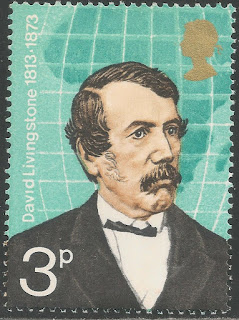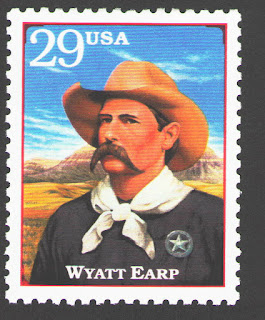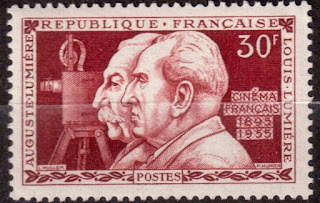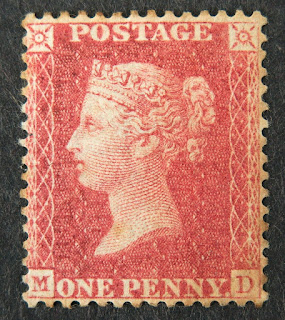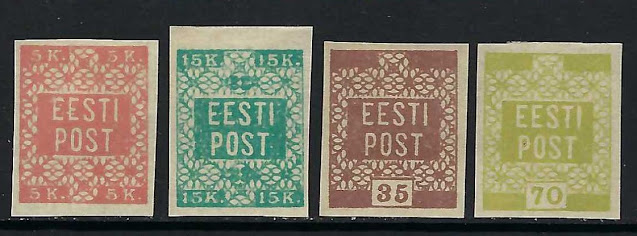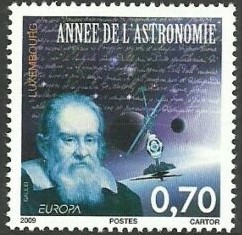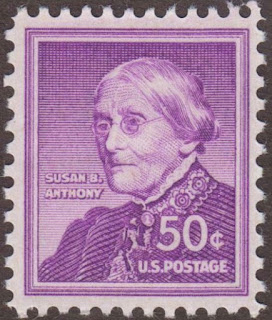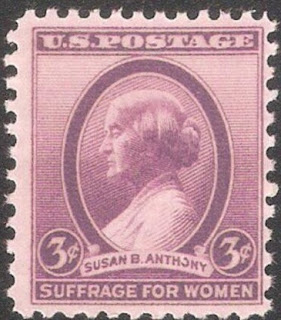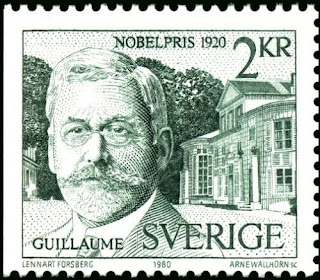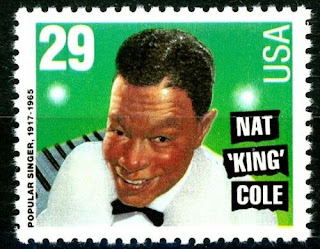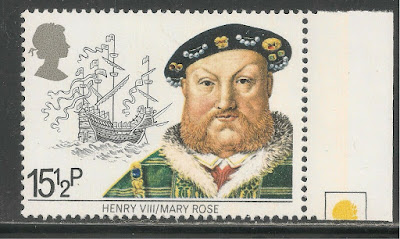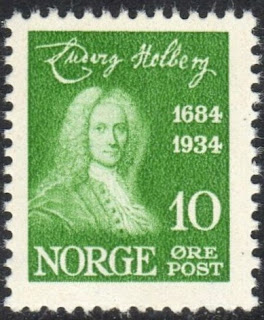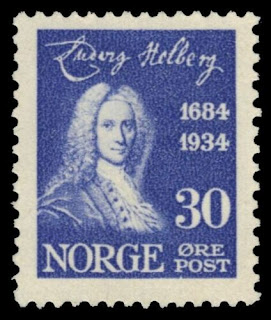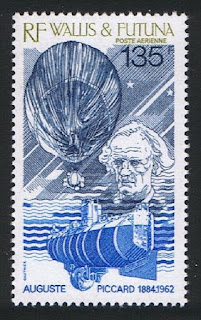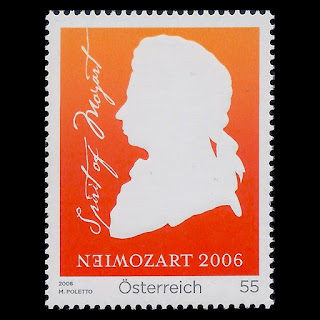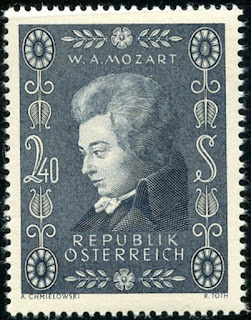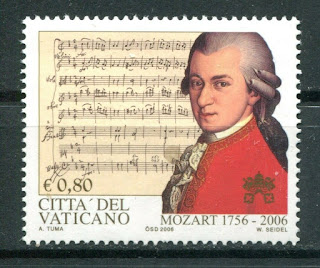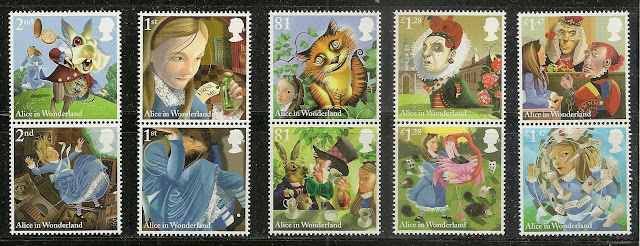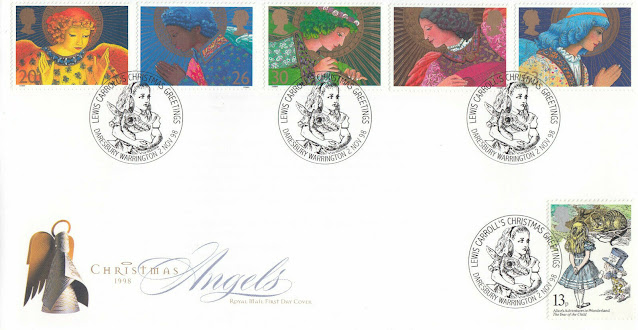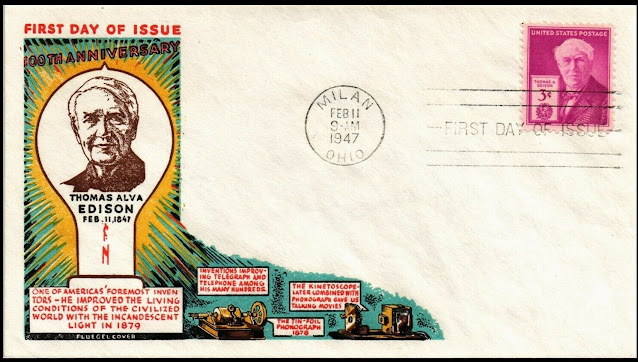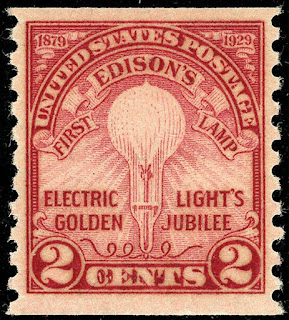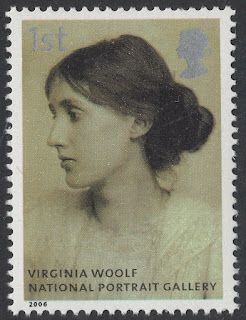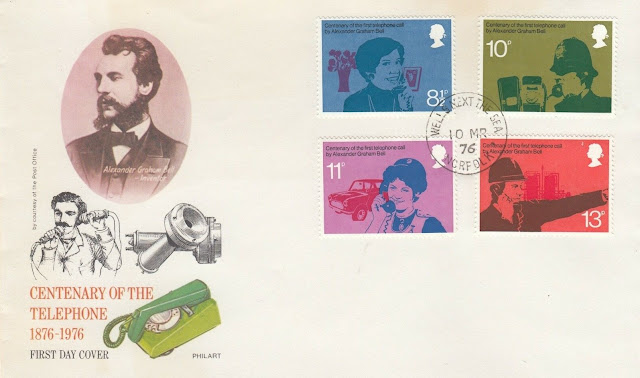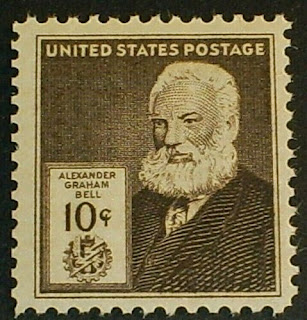Here are some events that happened on March 19th. It could be an event or a person that died or was born on that day
1813 Born: David Livingstone, Scottish missionary and explorer (d. 1873)
David Livingstone (19 March 1813 – 1 May 1873) was a Scottish physician, Congregationalist, and pioneer Christian missionary with the London Missionary Society, an explorer in Africa, and one of the most popular British heroes of the late 19th-century Victorian era. He had a mythic status that operated on a number of interconnected levels: Protestant missionary martyr, working-class "rags-to-riches" inspirational story, scientific investigator and explorer, imperial reformer, anti-slavery crusader, and advocate of British commercial and colonial expansion.
Livingstone's fame as an explorer and his obsession with learning the sources of the Nile River was founded on the belief that if he could solve that age-old mystery, his fame would give him the influence to end the East African Arab-Swahili slave trade. "The Nile sources," he told a friend, "are valuable only as a means of opening my mouth with power among men. It is this power which I hope to remedy an immense evil.":289 His subsequent exploration of the central African watershed was the culmination of the classic period of European geographical discovery and colonial penetration of Africa. At the same time, his missionary travels, "disappearance", and eventual death in Africa—and subsequent glorification as a posthumous national hero in 1874—led to the founding of several major central African Christian missionary initiatives carried forward in the era of the European "Scramble for Africa".
Stamp from Great Britain depicting David Livingstone
1848 Born: Wyatt Earp, American police officer (d. 1929)
Wyatt Berry Stapp Earp (March 19, 1848 – January 13, 1929) was an American Old West lawman and gambler in Cochise County, Arizona Territory, and a deputy marshal in Tombstone. He worked in a wide variety of trades throughout his life and took part in the famous gunfight at the O.K. Corral, during which lawmen killed three outlaw Cochise County Cowboys. He is often erroneously regarded as the central figure in the shootout, although his brother Virgil was Tombstone city marshal and deputy U.S. marshal that day and had far more experience as a sheriff, constable, marshal, and soldier in combat.
Earp was also a professional gambler, teamster, and buffalo hunter, and he owned several saloons, maintained a brothel, mined for silver and gold, and refereed boxing matches. He spent his early life in Pella, Iowa. In 1870, he married Urilla Sutherland who contracted typhoid fever and died shortly before their first child was to be born. During the next two years, Earp was arrested for stealing a horse, escaped from jail, and was sued twice. He was arrested and fined three times in 1872 for "keeping and being found in a house of ill-fame". His third arrest was described at length in the Daily Transcript, which referred to him as an "old offender" and nicknamed him the "Peoria Bummer", another name for loafer or vagrant.
By 1874, he arrived in the boomtown of Wichita, Kansas, where his reputed wife opened a brothel. On April 21, 1875, he was appointed to the Wichita police force and developed a solid reputation as a lawman, but he was fined and dismissed from the force after getting into a fistfight with a political opponent of his boss. Earp immediately left Wichita, following his brother James to Dodge City, Kansas, where he became an assistant city marshal. In the winter of 1878, he went to Texas to track down an outlaw, and he met John "Doc" Holliday whom Earp credited with saving his life.
Earp moved constantly throughout his life from one boomtown to another. He left Dodge City in 1879 and moved with brothers James and Virgil to Tombstone, where a silver boom was underway. The Earps clashed with an informal group of outlaws known as the "Cowboys". Wyatt, Virgil, and their younger brother Morgan held various law-enforcement positions which put them in conflict with Tom McLaury, Frank McLaury, Ike Clanton, and Billy Clanton who threatened to kill the Earps on several occasions. The conflict escalated over the next year, culminating in the shoot out at the O.K. Corral on October 26, 1881, in which the Earps and Doc Holliday killed three of the Cowboys. In the next five months, Virgil was ambushed and maimed, and Morgan was assassinated. Wyatt, Warren Earp, Doc Holliday, and others formed a federal posse which killed three of the Cowboys whom they thought responsible. Wyatt was never wounded in any of the gunfights, unlike his brothers Virgil and Morgan or his friend Doc Holliday, which only added to his mystique after his death.
Earp was a lifelong gambler and was always looking for a quick way to make money. After leaving Tombstone, he went to San Francisco where he reunited with Josephine Marcus, and she became his common-law wife. They joined a gold rush to Eagle City, Idaho, where they owned mining interests and a saloon. They left there to race horses and open a saloon during a real estate boom in San Diego, California. Back in San Francisco, Wyatt raced horses again, but his reputation suffered irreparably when he refereed the Fitzsimmons vs. Sharkey boxing match and called a foul which led many to believe that he fixed the fight. They moved briefly to Yuma, Arizona, before joining the Nome Gold Rush in 1899. He and Charlie Hoxie paid $1,500 (about $51,000 in 2018) for a liquor license to open a two-story saloon called the Dexter and made an estimated $80,000 (about $2 million in 2017 dollars). The couple then left Alaska and opened another saloon in Tonopah, Nevada, the site of a new gold find. Around 1911, Earp began working several mining claims in Vidal, California, retiring in the hot summers with Josephine to Los Angeles. He made friends among early Western actors in Hollywood and tried to get his story told, but he was portrayed only very briefly in one film produced during his lifetime: Wild Bill Hickok (1923).
Earp died on January 13, 1929. He was known as a Western lawman, gunfighter, and boxing referee. He had a notorious reputation for both his handling of the Fitzsimmons–Sharkey fight and his role in the O.K. Corral gunfight. This only began to change after his death when the extremely flattering biography Wyatt Earp: Frontier Marshal was published in 1931. It became a bestseller and created his reputation as a fearless lawman. Since then, Earp has been the subject of numerous films, television shows, biographies, and works of fiction which have increased both his fame and his notoriety. Long after his death, he has many devoted detractors and admirers. His modern-day reputation is that of the Old West's toughest and deadliest gunman.
US stamp and First Day Cover depicting Wyatt Earp
1895 – Auguste and Louis Lumière record their first footage using their newly patented cinematograph.
The Lumière brothers (Auguste Marie Louis Nicolas; 19 October 1862 – 10 April 1954) and Louis Jean (5 October 1864 – 7 June 1948), were among the first filmmakers in history. They patented an improved cinematograph, which in contrast to Thomas Edison's "peepshow" kinetoscope allowed simultaneous viewing by multiple parties.
When their father retired in 1892, the brothers began to create moving pictures. They patented several significant processes leading up to their film camera, most notably film perforations (originally implemented by Emile Reynaud) as a means of advancing the film through the camera and projector. The original cinématographe had been patented by Léon Guillaume Bouly on 12 February 1892. The brothers patented their own version on 13 February 1895. The first footage ever to be recorded using it was recorded on 19 March 1895. This first film shows workers leaving the Lumière factory.
The Lumière brothers saw film as a novelty and had withdrawn from the film business in 1905. They went on to develop the first practical photographic colour process, the Lumière Autochrome.
Louis died on 6 June 1948 and Auguste on 10 April 1954. They are buried in a family tomb in the New Guillotière Cemetery in Lyon.
French stamp depicting Auguste and Louis Lumière
